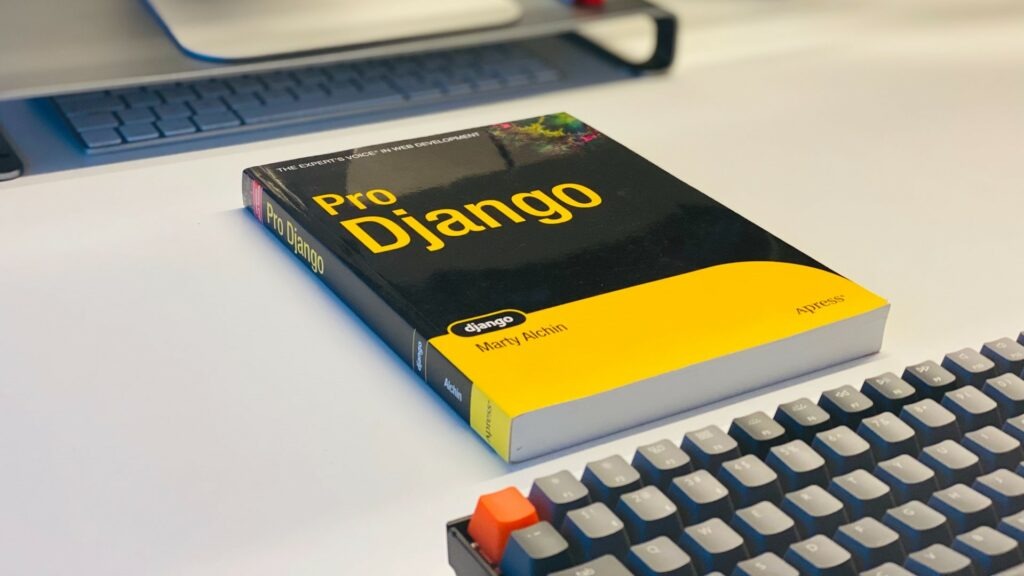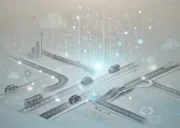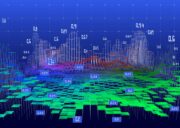
When it comes to data science, Python and Julia are two widely used programming languages. But which one is right for you? Well, there are a few factors to keep in mind. For instance, your specific needs and preferences can play a role in determining which language is the best fit for you. So, it’s worth considering things like the size and complexity of your data sets, as well as your familiarity with each language’s syntax and library of tools.
Ultimately, the decision is up to you – but with a little research and experimentation, you’ll be well on your way to finding the perfect programming language for your data science needs.
Python vs Julia: what to consider
When deciding between Python and Julia for data science, it’s important to take into account factors such as performance, syntax, libraries, learning curve, and ecosystem. Each language has its own distinct advantages and disadvantages in these areas, so careful consideration must be taken before making a decision.
The choice will depend on your individual needs and preferences, however, with the abundance of available resources and dedicated communities for both Python and Julia, there is no doubt that both languages can provide a solid foundation for successful data science endeavors.
Key aspects to consider to decide between Python and Julia:
- Performance: Julia is known for its high-performance capabilities, with a JIT (Just-In-Time) compilation feature that allows it to achieve near-C level performance. This makes Julia well-suited for computationally intensive tasks and large datasets. Python, on the other hand, is an interpreted language and may not be as performant as Julia for certain compute-intensive tasks.
- Syntax: Julia has a syntax that is designed to be easy to learn and use, with similarities to both Python and MATLAB. Julia’s syntax is optimized for numerical computing, which can make it more concise and readable for data science tasks. Python, on the other hand, has a more extensive ecosystem of libraries and tools, making it more versatile for a wide range of tasks beyond just data science.
- Ecosystem: Python has a vast ecosystem of libraries and tools for data science, such as NumPy, pandas, scikit-learn, TensorFlow, and PyTorch, which have extensive community support and are widely used in the data science community. Julia, while growing, has a smaller ecosystem compared to Python, which may limit the availability of some specialized libraries or tools.
- Interoperability: Python has a strong advantage in terms of interoperability with other languages and tools, making it easy to integrate with existing data science workflows, data sources, and systems. Julia also has good interoperability, but its ecosystem is still developing, and may not be as comprehensive as Python’s.
- Learning Curve: If you are already familiar with Python, leveraging its existing ecosystem for data science tasks may be more straightforward, as you can build on your existing Python programming skills. On the other hand, if you are starting from scratch, Julia’s syntax and concepts may be easier to pick up due to its similarity to Python and MATLAB.

A matter of choice
In summary, both Julia and Python have their strengths and weaknesses for data science tasks, and the choice between the two depends on your specific needs, performance requirements, familiarity with the languages, and existing ecosystem preferences. If you prioritize performance and are willing to invest in learning a new language, Julia may be a good option. If you value a wide range of libraries and tools, strong interoperability, and an established ecosystem, Python may be a better fit.
Remember that Python is the N1 programming in terms of popularity not only because of its use in data science but also when it comes to automation, security, and the growing amount of Python frameworks available.
Comparing datasets: Python vs Julia
Let’s take a quick look at a very basic code for dataset comparison using Python and Julia.
Julia Example:
# Load the necessary packages
using CSV, DataFrames
# Load the first dataset
df1 = CSV.read("dataset1.csv")
# Load the second dataset
df2 = CSV.read("dataset2.csv")
# Perform data comparison
# For example, compare the number of rows and columns in each dataset
if size(df1) == size(df2)
println("Both datasets have the same number of rows and columns.")
else
println("The datasets have different number of rows and/or columns.")
endCode language: PHP (php)Python Example:
import pandas as pd
# Load the first dataset
df1 = pd.read_csv("dataset1.csv")
# Load the second dataset
df2 = pd.read_csv("dataset2.csv")
# Perform data comparison
# For example, compare the number of rows and columns in each dataset
if df1.shape == df2.shape:
print("Both datasets have the same number of rows and columns.")
else:
Code language: PHP (php)When it comes to data comparison tasks, Julia and Python both have their strengths. In our example, we used the DataFrames library in Julia and pandas in Python to read and manipulate datasets, before comparing their shapes.
However, the simplicity of this example belies the complexity of the task at hand. As we explained before, there are many factors that can influence the ease of use of each language. Whether you ultimately choose Julia or Python, both offer powerful data manipulation capabilities that can help you make sense of your data.

Other key skills for data scientists
It’s not all about Python vs Julia or R: while technical skills such as programming languages and data manipulation are crucial, it’s equally important to have a solid understanding of machine learning algorithms and how to apply them in real-world scenarios. For example, being able to effectively communicate insights to non-technical stakeholders and make data-driven decisions is just as critical. So don’t neglect the soft skills and keep honing your craft to stay competitive in the ever-changing world of data science.
Let’s take a look at some key skills for kickstarting a career in data science:
Technical Skills
Aspiring data scientists should have strong technical skills in areas such as mathematics, statistics, and computer science. They should be able to understand complex algorithms and have experience working with large data sets. Additionally, they should be proficient in a programming language such as Python or R and be able to use tools such as Apache Spark and Hadoop.
Business Skills
In addition to technical skills, aspiring data scientists should also have strong business skills. They should be able to understand the needs of an organization and design data-driven solutions that can help to achieve business goals. Additionally, they should be able to effectively make recommendations that can be implemented by decision-makers.
Machine Learning
Machine learning is a subfield of artificial intelligence that deals with the design and development of algorithms that can learn from data. Aspiring data scientists should have strong machine learning skills in order to be able to develop models that can accurately make predictions or recommendations. Additionally, they should be able to understand the different types of machine learning algorithms and know when to use each one.
Deep Learning
Deep learning is a subfield of machine learning that deals with the design and development of algorithms that can learn from data that is unstructured or unlabeled. Aspiring data scientists should have strong deep learning skills in order to be able to develop models that can accurately make predictions or recommendations from data that is not easily accessible or understandable. Additionally, they should be able to understand the different types of deep learning algorithms and know when to use each one.
Data Visualization
Data visualization is the process of creating visual representations of data sets in order to gain insights or communicate findings. Aspiring data scientists should have strong data visualization skills in order to be able to effectively communicate their findings to non-technical stakeholders. Additionally, they should be proficient in a software tool such as Tableau or ggplot2.




